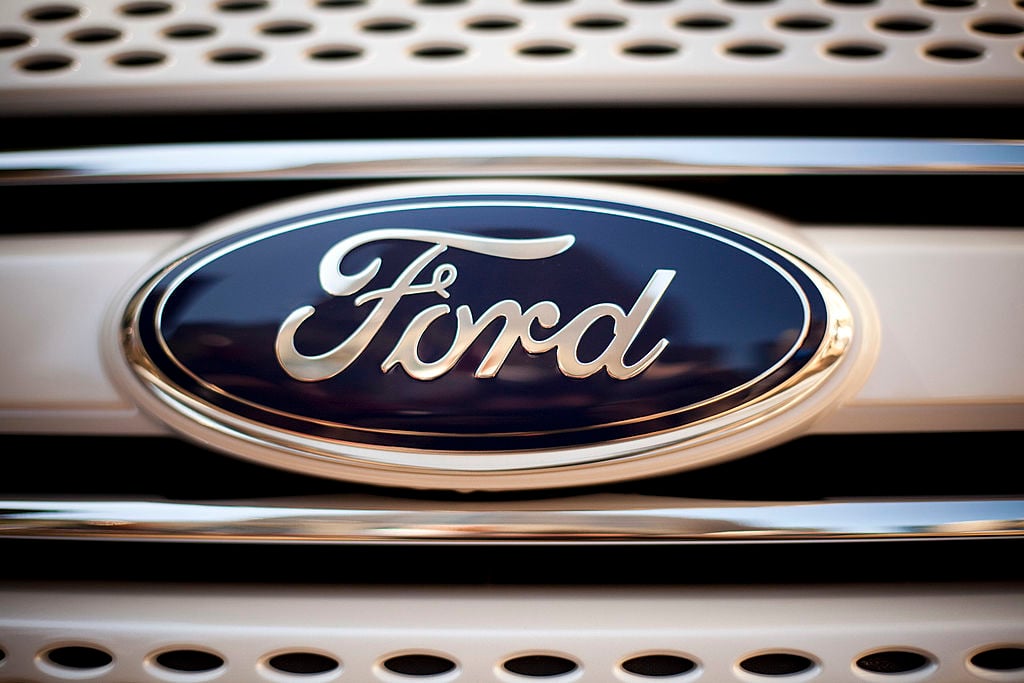Coming off of a stunning performance in China in 2013, Ford Motor Company (F +0.56%) is up against some tough comparisons in 2014. It would be understandable if Ford's torrid growth in China were slowing down by now. However, that's not the way things are going. After Ford posted yet another huge sales jump last month, it's getting hard to bet against the company in China.
Serendipity in China
Ford's China growth plans have come together very quickly. In 2011, Ford announced plans to launch 15 new vehicles in China by 2015. In early 2012, Ford executives vowed to make up for lost time by investing $5 billion in order to double passenger vehicle production capacity in China to 1.2 million vehicles per year. At the same time, they rolled out plans to double the number of Ford dealers in China by 2015.
Ford's timing was impeccable. Later in 2012, a territorial dispute between Japan and China caused Japanese vehicles to quickly go out of favor, opening a window of opportunity for other brands.
After Ford's sales in China grew at a tepid 7% pace in 2011, Ford's growth rate improved to 21% in 2012. The company posted its best results in China during the last few months of the year, as sales of Japanese cars were plummeting.

Ford's Focus has become the top-selling nameplate in China.
Ford followed up that solid performance with an even stronger 2013. Last year, Ford's sales in China shot up 49% year over year to 935,813 vehicles! Ford's passenger car joint venture, CAF, delivered a 62% increase in wholesales to 678,951. That's actually higher than the joint venture's nominal production capacity of roughly 600,000 vehicles per year.
Staying strong
Ford hasn't lost any of its momentum in China yet. In January, the company reported a 53% jump in wholesale unit volume, including sales of more than 70,000 passenger vehicles from its CAF joint venture.
Ford's performance in the last few months has been nothing short of extraordinary. Indeed, back in September, I cautioned investors to expect slower growth for Ford in China during the fall because of a combination of increasingly tough comparisons and Japanese automakers' efforts to regain ground.
Ford managed to overcome those headwinds in impressive fashion, but during 2014, it is likely to face more mundane challenges. Simply put, the company's strong sales gains in the last year and a half will start to cause supply problems.
In 2013, Ford opened a new engine plant in China, more than doubling its production capacity there, but it is still short of assembly capacity. Ford is already using a Mazda joint venture plant in China on a contract basis to relieve capacity constraints. However, to take sales to the next level, Ford will need to wait for its new assembly plants to open.
The first new plant in Chongqing is expected to be up and running by the end of 2014, and it will have a capacity of 250,000 vehicles per year. A second plant in Hangzhou is scheduled to open in 2015 and will add another 250,000 vehicles per year of production capacity. This additional capacity will give Ford a chance to boost its total sales in China from 935,813 last year to 1.5 million by 2015 or 2016.
Foolish conclusion
For the past year and a half, Ford has been growing at a stunning 50% rate in China. Despite increasingly tough comparisons and capacity constraints, Ford has continued this torrid growth in early 2014. Ford's sales growth may cool down for a while as capacity constraints become a bigger headache, but two new plants scheduled to open by 2015 will allow it to boost sales by another 50% or more from 2013 levels.
In spite of its growth, Ford remains far behind market leaders Volkswagen and General Motors in China. Both of those companies sold more than 3 million vehicles in China last year! However, Ford is well on its way to grabbing 6% market share in China by 2015, and the company's momentum gives it plenty of upside beyond then.






